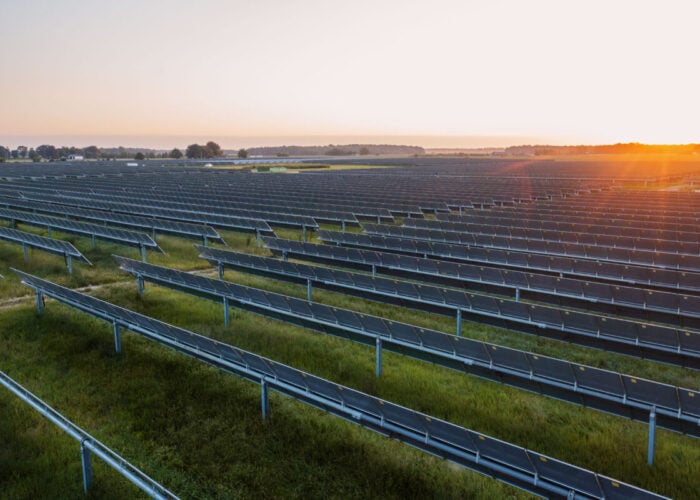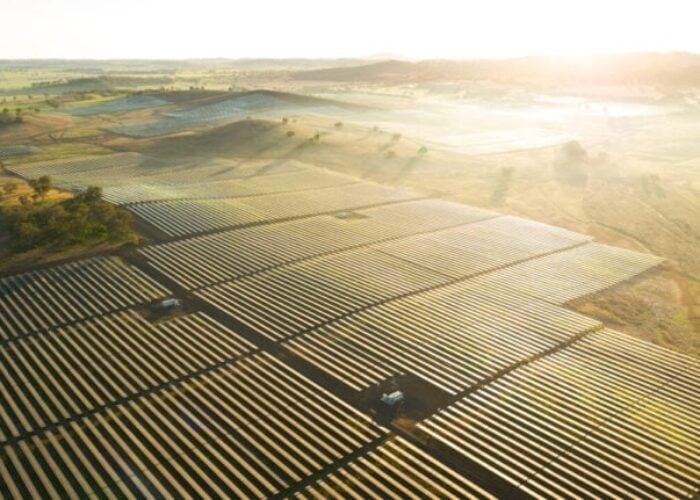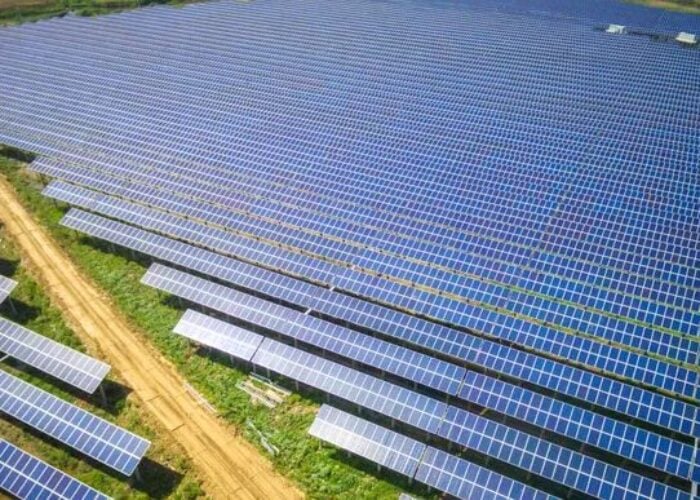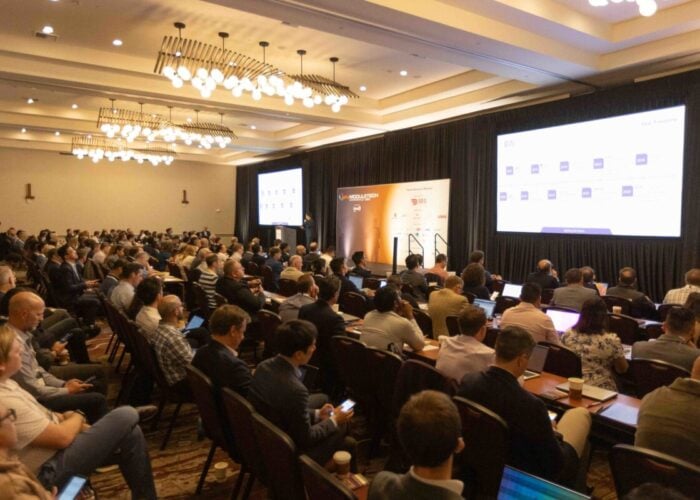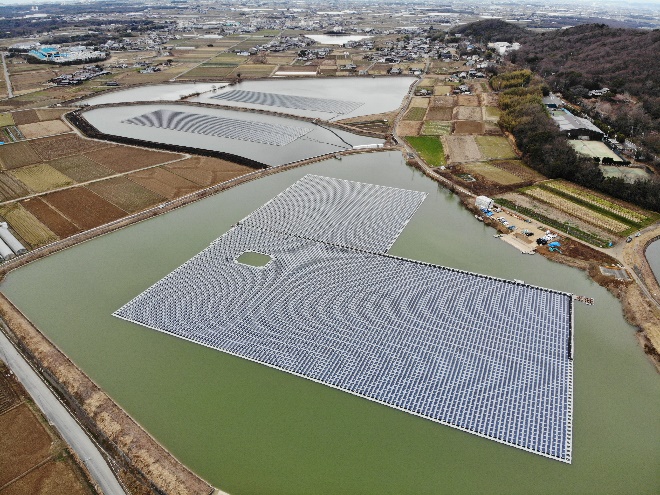
Solar will likely play a major role in achieving Japan’s policy goal of reducing greenhouse gas (GHG) emissions to zero by 2050 and could reach 130GW to 160GW in cumulative deployments by the 2030 financial year.
Tokyo-headquartered analysis firm RTS Corporation hosted a webinar last week on the carbon neutral pledge made by Prime Minister Yoshihide Suga just before the end of October in what was his first-ever policy speech since taking office. RTS Corporation, which has specialised in research into the PV market for over 30 years, also offered an update on the solar PV market and its prospects to 2030 and 2050.
Unlock unlimited access for 12 whole months of distinctive global analysis
Photovoltaics International is now included.
- Regular insight and analysis of the industry’s biggest developments
- In-depth interviews with the industry’s leading figures
- Unlimited digital access to the PV Tech Power journal catalogue
- Unlimited digital access to the Photovoltaics International journal catalogue
- Access to more than 1,000 technical papers
- Discounts on Solar Media’s portfolio of events, in-person and virtual
RTS principal analyst Izumi Kaizuka said that the policy as well as the expected effect it will have on the PV market was “very good news” as the Asian country aims toward the creation of a “green society,” in which renewables, nuclear and later hydrogen will play a major role. Suga was reported to have said that Japan will “fundamentally change its policy on coal-fired generation,” and that the structural changes to industry and society that the shift to carbon neutrality creates will lead to significant economic growth.
Until Suga’s outlining of those aims at the Japanese Diet, which he subsequently restated at an online meeting of G20 world leaders, Japan’s target had been a reduction in GHGs of 80% by 2050. Accompanying this was a target set by the government Ministry of Economy, Trade and Industry (METI) to source 22% to 24% of its energy from renewables, primarily solar. RTS’ Izumi Kaizuka noted that Japan’s existing capacity target of 64GW of solar PV by 2030 has this year already been surpassed.
With this target already achieved, RTS Corporation is proposing that a new, more ambitious but achievable 2030 target for PV would be 150GW of cumulative installations. The company forecasts that between 5GW and 7GW of solar will be installed during the 2020 Japanese financial year (JFY) which runs to the beginning of April 2021. The COVID-19 pandemic caused some construction delays, Kaizuka noted during the webinar.
New business models to emerge as policy and regulation reforms take shape
METI is preparing to launch its 6th Strategic Energy Plan document which sets out a policy roadmap, while the Ministry of Environment is set to introduce measures to support self-consumption of solar energy and community use of renewables. At the same time, zoning rules for solar are expected to be relaxed to increase locations where solar can be sited, including on disused agricultural land and some national parks by the Ministry for Administrative and Regulatory Reform.
Japan has been known to be overhauling the feed-in tariff and other policies that promoted solar PV that were largely introduced in 2012 after the Fukushima nuclear accident which happened the year before that. Tariff payments for feeding renewable energy into the grid in 2012 were set at ¥42 per kWh for systems under 10kW and ¥40 per kWh for systems over that size.
After successive years of tariff regression, this financial year the tariffs range from 21 per kWh for systems under 10kW to 12 per kWh for systems between 50kW and 250kW, while anything above that upper threshold has to participate in auctions. Additionally, smaller systems up to 50kW are now required to allow users to self-consume a portion of their generated energy onsite, with only surplus generation eligible for FIT payments.
While RTS Corporation expects the self-consumption market to take off, for the time being the Japanese PV market is still largely driven by FIT-granted pipelines, not least of all because large numbers of utility-scale projects over 2MW were handed contracts but have yet to be built. There are still more than 20GW of such projects (21.9GW), Izumi Kaizuka said, although 12.7GW of that pipeline is thought to be already currently under development.
A new market mechanism to be introduced in the coming years, called the feed-in premium (FIP), is still being discussed and yet to be decided. Meanwhile, the government’s ‘Act for establishing a resilient and sustainable energy system,’ of which the FIP is one component, also includes an aim to create a competitive renewable energy industry and a master plan for reforming how the transmission network operates and is paid for.
Japan’s future PV market will be made up of a mix of different business models: from self-consumption to power purchase agreements (PPAs), to some FITs granted by local authorities, auctions for high and extra-high voltage projects and others, Kaizuka said. These new business models seem likely to create growth in the market soon, particularly in the wake of Prime Minister Suga’s pledge.
Solar as a ‘mainstream power source’
Izumi Kaizuka’s colleague at RTS, Takashi Ohigashi, added that following this policy announcement, solar PV will be a “mainstream power source” in Japan towards 2030 and 2050. Ohigashi, who works in RTS’ innovation promotion division, said that system prices will decline to between 89 and 111 per watt, or a levelised cost of energy of below 6 per kWh by 2030, according to the company’s investigations.
Ohigashi further predicted that the PV market will grow to between 8GW and 13GW per year under respective business as usual and accelerated growth scenarios modelled by the analysis firm, to reach cumulative install figures of 133GW to 165GW by 2030. Growth in the residential sector is expected to be driven by new business models that include third-party ownership, no-money-down (or ‘zero Yen’) installations and virtual power plant (VPP) models.
In response to a question from the audience, the pair said that energy storage will play a greater role in future as self-consumption and VPP models grow in popularity as the market scales up. Some regional power companies including Hokkaido Electric Power in the north of the country now require new solar plants to include energy storage systems to reduce curtailment and mitigate grid congestion.
There are however no market structures in Japan through which batteries and other energy storage can provide grid services including frequency response ancillary services as has been seen in some other countries, but Izumi Kaizuka said it is likely such mechanisms and opportunities will be introduced in the coming years.


